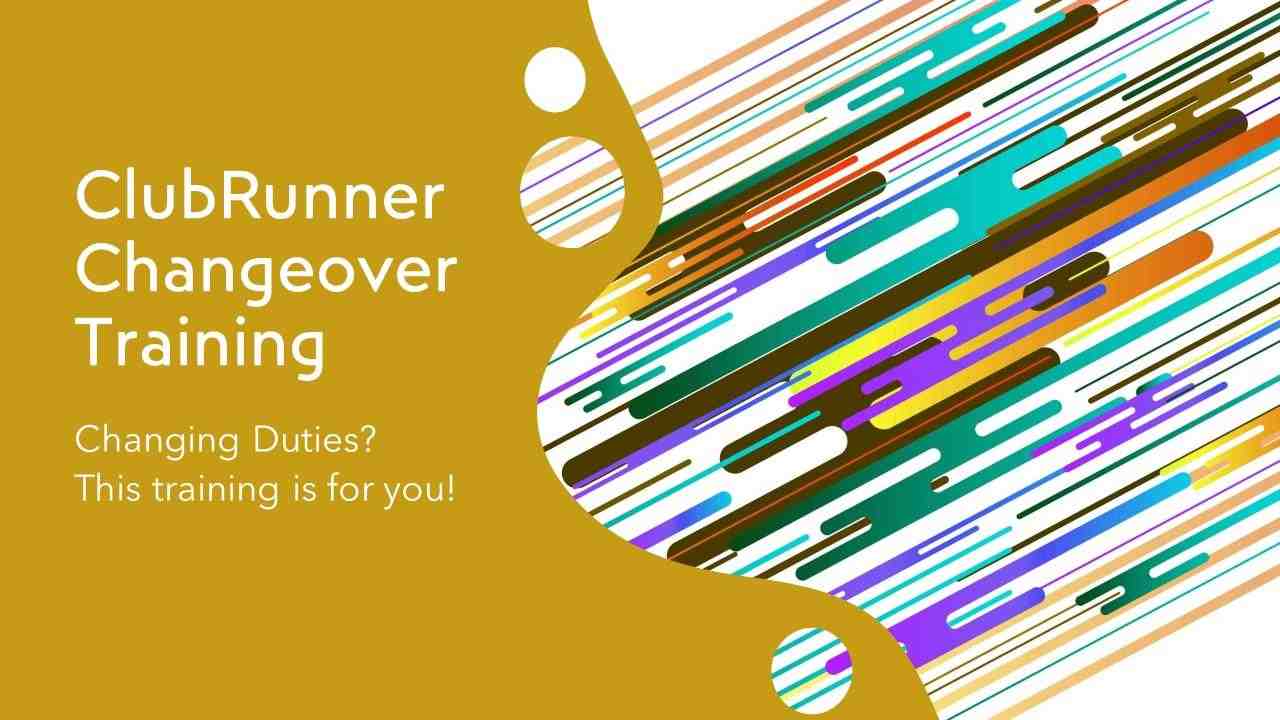ENCINITAS, CA – The blood supply of the American Red Cross has dropped almost 20 percent in recent weeks due to a drop in blood and platelet donations, the organization announced.
To prevent blood shortages, the Red Cross is hosting blood drives in San Diego County and offering incentives for donors.
Anyone who donates blood or platelets between August 1-31 is automatically entered for a chance to receive free gas for a year, according to the Red Cross. Donors also receive a $10 e-gift card to a retailer of their choice.
Find out what’s happening in Encinitaswith free, real-time updates from Patch.
“This is a worrying situation that may soon force the storage of blood products on hospital shelves,” said Paul Sullivan, senior vice president of Red Cross donor services, in a news release. “By choosing a time to donate now, donors can help pump blood for those who need immediate life support and those who rely on transfusions for treatment.”
Red Cross blood drives are underway throughout the county, including Encinitas. See a list of upcoming blood drives below. Donors are asked to schedule an appointment before arriving at the blood drive.
Find out what’s happening in Encinitaswith free, real-time updates from Patch.

Blood Donation Opportunities
What To Know About Giving Blood
All blood types are needed. Love to donate? Download the Red Cross Blood App, visit RedCrossBlood.org or call 1-800-RED CROSS (1-800-733-2767) for more information or to make an appointment.
A blood donation card or driver’s license or two other identifications are required at check-in.
Individuals who are 17 in most states (16 with parental consent if permitted by state law), weigh at least 110 pounds and are those in good health may be eligible to donate blood. High school students and other donors 18 and younger must also meet certain height and weight requirements.
Donors can save time by using RapidPass to complete their pre-donation readings and health history online, on the day of their donation, while did not arrive at the blood drive.
The rules of replying:
Do siblings have the same blood type?
No, brothers do not have the same blood type. It depends on the genotype of both parents for the gene that determines the blood. E.g. Parents with genotype AO and BO can have children with A, B, AB or O blood.
Why do I have different blood than my siblings? Blood types are inherited and represent characteristics from both parents, the answer to this question depends on the blood type of the parents. Each parent donates one of their two ABO genes to their child. If both parents are Type A, for example, then all their children must also be Type A.
Which parent determines blood type?
The ABO blood type is inherited just like other traits. Each person carries two genes, or alleles, for each trait. One ABO allele is inherited from the father (he passes it on to one of his two sons) and the other is inherited from the mother (who passes it on to one of her two).
What blood type can’t get pregnant?
A woman’s blood group can affect her chances of getting pregnant, scientists have found. Those with blood type O may have difficulty conceiving due to low fertility and poor quality of eggs, while those with blood type A tend to be more fertile.
Can O positive and O negative have a baby?
A. Before I delve into the science, let me quickly stop any tongues that might wag if you ask about a paper debate: Yes, two parents O- good can have a number of children O-bad. In fact, according to the experts, most O-negative children have O-positive parents.
Which two blood groups should not marry?
The correct choice is: d Rh male male Rhâ female Explanation: Rh factor is a protein found in the blood. A person who has the Rh factor in the blood is called Rh positive and the person who does not carry this protein in the blood is called Rh negative. Marriage between an Rh negative female and an Rh positive male should be avoided.
Which blood types are not compatible for pregnancy?
Rh incompatibility in pregnancy problems can occur when the mother is Rh- and the baby is Rh. This incompatibility in blood type is often called Rh incompatibility. This incompatibility does not cause problems for the first pregnancy. But it can lead to problems with subsequent pregnancies.
Can two O+ blood group marry?
If both are good then there is no risk.
Can a person give 3 pints of blood?

The average red blood cell transfusion is 3 pints (or 3 whole blood donations). More than 1 million people every year are diagnosed with cancer for the first time. Most of them will need blood – sometimes every day – during chemotherapy. More than 38,000 blood donations are needed every day.
How long does it take to refill 3 pints of blood? How long does it take to refill the pint of blood I donate? Your body will replace the blood (plasma) within 48 hours. It takes four to eight weeks for your body to completely replace your donated red blood cells. The average adult has eight to 12 pints of blood.
Can I donate 2 pints of blood at once?
The Power Red donor allows you to safely donate two sets of red cells at the same time.
How many pints of blood can I donate at once?
Approximately 1 pint is given out per donation. A healthy donor can donate red cells every 56 days, or twice as many red cells every 112 days. A healthy donor can donate platelets less than 7 days apart, but a maximum of 24 times a year.
How often can you donate 2 pints of blood?
When can I donate again? You can donate whole blood every eight weeks, platelets every seven days up to 24 times in twelve months. We usually ask platelet donors to donate every 14 days, unless there is an exceptional situation. Plasma donors are eligible to donate every 28 days.
Is 3 pints of blood a lot to donate?
The average adult has about 10 pints of blood (about 8% of your body weight). Donating blood takes about 1 pint, after which your body has an amazing ability to replace all the cells and fluids that have been lost.
Is donating a pint of blood a lot?
About one in seven people who enter the hospital need blood. One pint of blood can save up to three lives. Healthy adults who are at least 17 years old, and who weigh at least 110 pounds can donate about a pint of blood – the normal donation frequency – every 56 days, or two months.
Can I donate 3 pints of blood?
Approximately 1 pint is given out per donation. A healthy donor can donate red cells every 56 days, or twice as many red cells every 112 days. A healthy donor can donate platelets less than 7 days apart, but a maximum of 24 times a year.
How many pints of blood can I donate at once?
Approximately 1 pint is given out per donation. A healthy donor can donate red cells every 56 days, or twice as many red cells every 112 days. A healthy donor can donate platelets less than 7 days apart, but a maximum of 24 times a year.
Can a person give 3 pints of blood?
The average red blood cell transfusion is 3 pints (or 3 whole blood donations). More than 1 million people every year are diagnosed with cancer for the first time. Most of them will need blood sometimes every day during chemotherapy. More than 38,000 blood donations are needed every day.
How often can you donate 2 pints of blood?
When can I donate again? You can donate whole blood every eight weeks, platelets every seven days up to 24 times in twelve months. We usually ask platelet donors to donate every 14 days, unless there is an exceptional situation. Plasma donors are eligible to donate every 28 days.
What is the oldest blood type?

Historically, type A appears to be the ‘oldest’ blood, in the sense that the mutations that gave rise to type O and B appear to be derived from it. Geneticists call this the wild-type or ancestral allele.
The type of blood is old blood? Although type O comes from a recessive gene, if one parent has A or B blood, the child is A or B, which is the dominant type. the BBC reports. Types A and B only appeared 20,000 years ago, and are still widespread.
Where does O positive blood type originate from?
Type O is the most frequent in the population of Central and South America, which is close to 100%. It is also very high in Australian Aborigines and Western Europeans (especially in people with Celtic ancestry).
What nationality has O type blood?
| Country | Bahrain |
|---|---|
| AB | 3.67% |
| ZERO- | 3.00% |
| a- | 1.33% |
| B- | 1.04% |
What blood types create O positive?
Who can get good blood? Anyone with Rh positive blood can have O positive red blood cells – meaning A positive, B positive and AB positive as well as O positive.
What blood type was the first human?
While in many cultural groups recently blood groups A and B are distinguished. In another theory, the first blood group was the AB blood group, which gradually and over time due to genetic changes gave rise to A and B and finally O blood groups ( Fig.
Where does a blood type originate from?
Just like eye or hair color, our blood is passed down from our parents. Each biological parent passes on one of the two ABO genes to their child. The A and B genes are recessive and the O gene is recessive. For example, if an O gene combines with an A gene, the blood is A.
When did a blood type originate?
| system | date of receipt | core antigens |
|---|---|---|
| ABO | 1901 | A1, A2, B, H |
| MNSs | 1927 | M, N, S, s |
| P | 1927 | P1, P2 |
| Rh | 1940 | D, C, c, E, b |
What is the oldest blood?
Researchers who examined Oetzi, a 5,300-year-old body found frozen in the Italian Alps in 1991, found red blood cells in his wounds.
What is the purest blood?
Each blood type has its pros and cons. The purest types of O, especially the good O, are universal donors. It has the purest blood, or what the Europeans used to call “royal blood”. Because of their purity, they are the most fearless and sensitive.
What are the 3 rarest blood types?
What are the 3 rare blood types?
- Rh-null or golden blood. The blood type is rare in the world, and less than 50 known cases have been reported. …
- ABâ ABâ is the eighth rarest blood type, accounting for less than one percent of the world’s population. …
- Blood type HH, rare ABO group, or Bombay blood group.
Which type of blood is most needed?
The bad blood type is general. Bad blood can only be found in Bad blood…
- Type O healthy blood is given to patients more than any other type of blood, which is why it is considered the most desirable blood type.
- 38% of the population has O positive blood, making it the most common blood type.
What type of blood is most needed by hospitals? The positive blood type is often requested by hospitals so we must ensure that there is a constant supply.
Which blood type is most in demand?
Bad blood can be used in transfusions for any blood type. Type O is often in short supply and is in high demand by hospitals – because it is the most common blood type and because type O is the most common type of blood needed for emergency vaccinations and for infants with disabilities.
What is the purest blood?
Each blood type has its pros and cons. The purest types of O, especially the good O, are universal donors. It has the purest blood, or what the Europeans used to call “royal blood”. Because of their purity, they are the most fearless and sensitive.
Why is O blood so important?
But because the red cells of the O-blood can be injected into patients with any blood type, it is usually the first choice for transfusions that are needed in emergency situations. Once doctors know a patient’s blood type, they can switch to that blood type. However, O-blood is an option.
Which blood type is the best to have?
Bad blood is known as the general blood type because it is safe for everyone to have bad red blood cells.
What type is the best blood?
O-negative and O-positive types are best suited for red cell donation. O-negative is the universal blood type, which means anyone can have your blood. And the blood O- and O are both special when it comes to complications where there is no time for naming the blood.
What is the most powerful blood type?
| Blood pressure | Blood group antigen | Rh group |
|---|---|---|
| ZERO | Both A and B antigens are present | It’s now |
What blood type is in shortage?
The Red Cross needs all types of blood year-round, Herron said, as well as platelets and plasma. The type O-negative, the blood type called “universal” is usually in high demand and often not available, because only 7% of the population has it, the he said.
Is there a shortage of type O blood?
All blood types are needed, but there is a critical need for type O. Throughout the COVID-19 pandemic, the American Red Cross has faced low blood supplies, but now it is and the worst blood shortage in over ten years. This failure also affects UCI Health.
What blood type is needed right now?
All blood types are needed. With less than half a day’s supply of type O blood in recent weeks, there is an urgent need for type O donors. Type O is the blood type most needed by hospitals. Type O is the most transmissible blood type and can be transfused to Rh-positive patients of any blood type.







